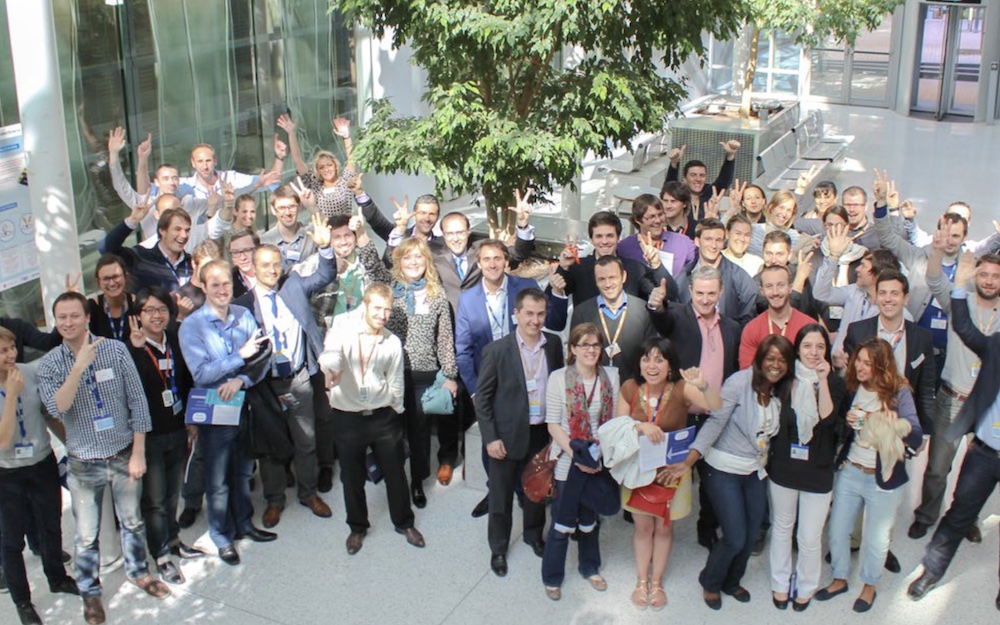

• To be able to define what safety culture is and what it consists of
• Discovering new concepts and tools
• Identify areas for improvement
• Present an incident/accident investigation in a fun way.
• Use a practical case study to identify the factors that influence behaviour.
• Understanding the error process.
• Identify the human factors that influence behaviour.
• Determining the factors influencing perception
• Present the perception of risk
• Understanding the stages of perception
• Present ways of ensuring consistent perception
• Developing dialogue between different positions
• Understanding the vision of other positions
• Introducing body language
• Understand the impact of exemplary behaviour.
• Uniting people to set an example.
• Shooting of comparative videos with and without exemplarity defects.
• Suggested or free scenario themes!
• Everyone becomes an actor IN awareness-raising.
Provision of a prevention facilitator, complete “Virtual Reality” equipment and HSE modules adapted to your needs (working at height, confined spaces, risk management, etc.).
• Defining the concepts of seduction, humour, sexism, sexual harassment and sexual assault
• Understanding the concept of non-consent
• Understanding the consequences for victims, the company and the aggressor
• Understanding the boundaries between seduction, humour, sexism, sexual harassment and sexual assault
• Introduce the concept of danger and risk
• Understanding the risk estimation process
• Determining the type and priority of action
• Present the scale of the road risk
• Present the reaction time
• Present the physical and mental conditions that influence behaviour and driving.
• Identifying behavioural management methods
The aim of this workshop is to present, in an entertaining way, the impact of an incident/accident on the person(s) involved.
The idea is to put ourselves in the shoes of a victim, to gain a better understanding of the impact and to reflect on the consequences and means of prevention/protection.
• Identifying an undesirable event in the company
• Identify the threats leading up to the event
• Determine the consequences of the event
• Identify barriers and potential failures
• Becoming aware of a situation
• Highlighting the notion of Leader
• Knowing how to identify life-saving gestures
• Understanding the mechanism of an accident
• Awareness of the energies involved
Understanding and preventing psychosocial risks (PSR) is everyone's business. We offer cooperative activity workshops with the aim of gaining an overall understanding of the concepts of RPS..
Cet atelier a pour objectif de présenter à toutes les personnes de la société la démarche de gestion de crise.
The idea is to find out about the system in place within the company, get the facts straight, understand all the information in a context of urgency and pressure, and understand the means of communication. During this workshop, the participants are put in situation with scenarios.
The aim of this workshop is to introduce everyone in the company to the preventive approach associated with work movements and postures. It is aimed at anyone who has to deal with awkward movements or positions on a daily basis.
It is divided into 3 parts:
The aim of this workshop is to present safety issues in an interactive way, using actors, and to illustrate the reality on the ground.
A typical workshop is as follows:
Provision of a prevention coordinator and fire extinguisher equipment.
40 minutes: Theoretical presentation
Objectives: - Identify the means of alert - Present the content of an alert message - Know how to identify an evacuation route - Identify the different types of extinguisher
20 minutes : Practical application - Handling a fire extinguisher
Objectives: - Putting the dangers of hot gases into practice - Using a fire extinguisher in complete safety - Handling and extinguishing a real fire.
Work areas - Falls: causes and consequences.
• The basic rules of safe movement (attention, vigilance, field of vision, sense of balance, anti-fall equipment, restraints, harnesses, etc.).
• Recommendations for different contexts...).
Sous forme de Mur d’escalade mobile / Grill métallique / avec simulation de chute de mannequin
• Defining the safety culture
• Present the Bradley curve
• Present the human factors that influence behaviour
• Identifying the importance of leadership and commitment
• Explain the drivers of motivation
• Present the communication process
• Identify the advantages and disadvantages of different communication methods
• Define a slogan and communicate around it
• Using positive/negative feedback